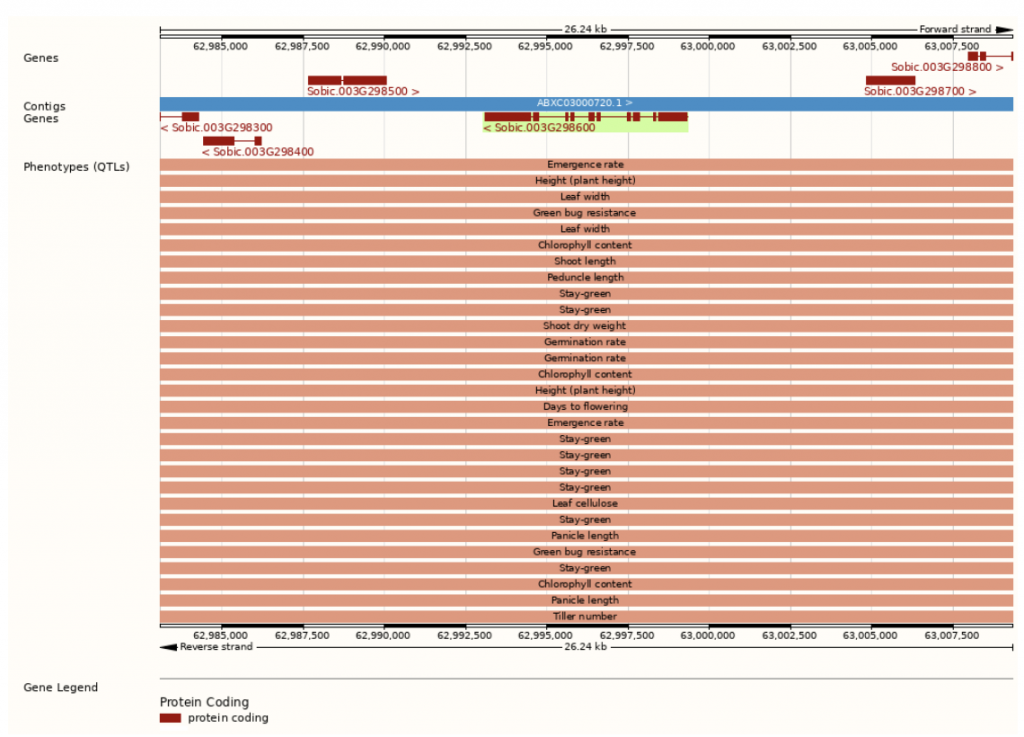Leaf size is of paramount importance in the development of the leaf canopy and thus has a strong influence on transpiration efficiency (TE), as well as photosynthesis and yield. Reducing transpiration increases water use efficiency, which is an important target trait given the predicted hotter, drier climate of the future. However, as TE is targeted, yield and photosynthetic efficiency must be sufficiently maintained. Researchers from the University of Queensland, Agri-Science Queensland, and the Chinese Academy of Agricultural Sciences explored the connection between leaf width in sorghum and TE and the genetic control of this trait. Zhi et al. used a lysimeter to measure the transpiration of 16 genotypes in two experiments and a large sorghum diversity panel (n = 701 lines) in three field trials. Their results confirmed their hypothesis that narrow leaf width was associated with greater whole-plant TE. This occurred without trade-offs in biomass accumulation. The authors potentially ascribe this trend to the narrower leaf width’s connection to increased vein density and thinner boundary layers and consequently to reduced density and conductance of stomata. The variation in leaf width explored in the sorghum diversity panel was consistent within specific races indicating that evolutionary adaptation was potentially at play in developing an optimal leaf width for various environments. Genome-wide association studies were conducted on leaf width and resulted in the identification of 19 QTL with high correspondence to QTLs discovered in maize and rice. This result indicates that leaf width may be controlled by similar genetic mechanisms across cereals.
SorghumBase Examples:
Sobic.008G070600 (homolog of leafbladeless1 gene (lbl, GRMZM2G020187)
Sobic.001G199200 (homolog of yab11 (GRMZM2G167824)
Sobic.003G298600 (orthologue of GRMZM5G874163)
The above genes have a strong association with leaf width in sorghum.

Reference;
Zhi X, Hammer G, Borrell A, Tao Y, Wu A, Hunt C, van Oosterom E, Massey-Reed SR, Cruickshank A, Potgieter AB, Jordan D, Mace E, George-Jaeggli B. Genetic basis of sorghum leaf width and its potential as a surrogate for transpiration efficiency. Theor Appl Genet. 2022 Sep;135(9):3057-3071. PMID: 35933636. DOI: 10.1007/s00122-022-04167-z. Read more
Related Project Websites:
Dr. George-Jaeggli, QAAFI, University of Queensland https://qaafi.uq.edu.au/profile/912/barbara-george-jaeggli
Dr. Mace QAAFI, University of Queensland https://qaafi.uq.edu.au/profile/333/emma-mace
David Jordan, University of Queensland https://qaafi.uq.edu.au/profile/222/david-jordan